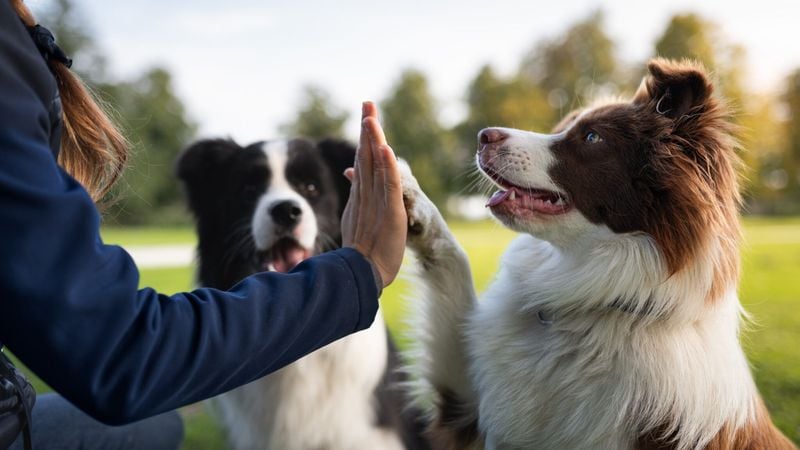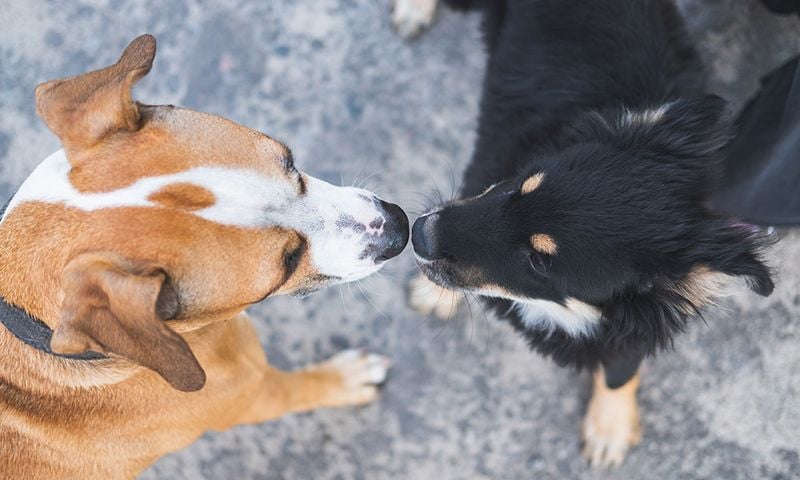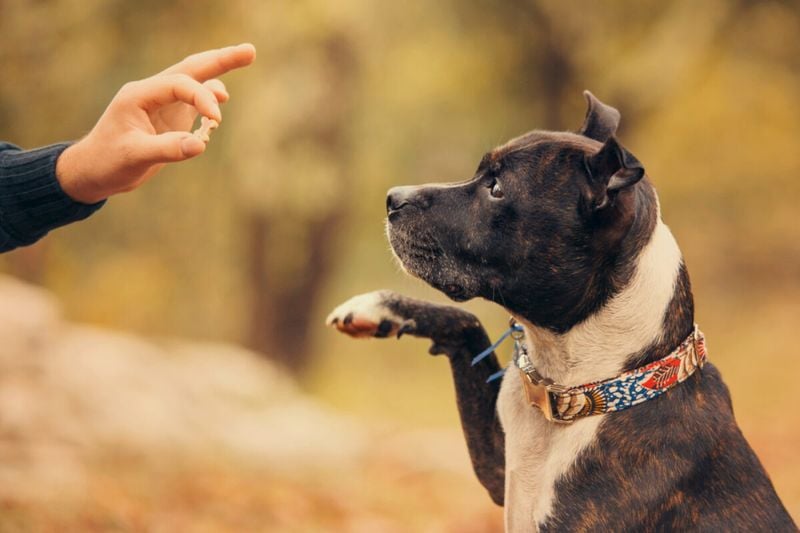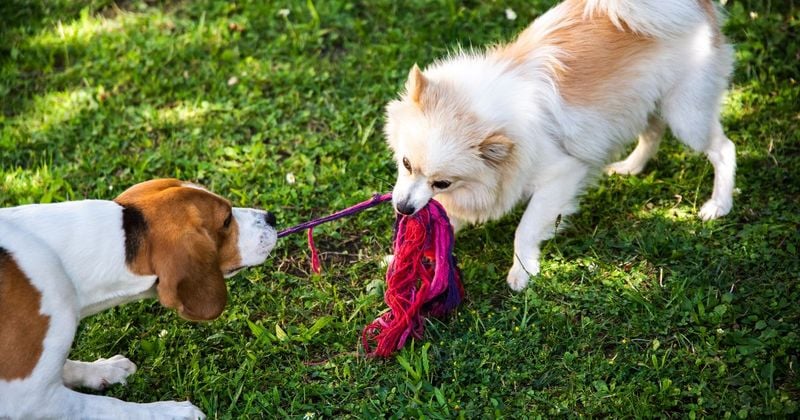12 Things You Think You Know About Dogs—Debunked by Experts
Dogs have been our loyal companions for thousands of years—guarding our homes, herding our livestock, and curling up beside us after a long day. Yet despite this deep bond, there’s still a surprising amount we get wrong about how dogs think and behave. From misreading their body language to assuming they act out of spite, many well-meaning dog owners fall into the trap of believing myths that simply aren’t supported by science or experience.
These misunderstandings can do more than just cause confusion—they can actually make training more difficult, increase a dog’s anxiety, and strain the relationship between humans and their pets. The way we interpret a growl, a wagging tail, or even a guilty look can shape how we respond—and whether our dog feels safe and understood.
Fortunately, veterinarians, animal behaviorists, and canine researchers have spent years studying what dogs are really trying to communicate. What they’ve discovered may challenge your assumptions, but it can also help you build a more respectful, trusting relationship with your four-legged friend.
Before you scold your dog for pulling on the leash or “acting stubborn,” take a moment to question what’s really going on. Below are 12 of the most common dog behavior myths—and what those behaviors actually mean. Understanding the truth behind these misconceptions is one of the best things you can do for your pup.
1. Tail Wagging Isn’t Always Happy
That vigorous tail wag doesn’t automatically signal joy. Dogs use tail movements to communicate a wide range of emotions, including anxiety, aggression, and uncertainty. The position and speed matter too.
A high, stiff wag might indicate alertness or potential aggression, while a low wag could signal insecurity. Scientists have even discovered that dogs tend to wag more to the right when they’re happy and to the left when stressed.
Next time you see a wagging tail, look at the whole dog—their ears, posture, and facial expression—to truly understand what they’re feeling. Context matters tremendously in dog body language.
2. The ‘Guilty Look’ Is Actually Fear
Remember that ‘ashamed’ face your dog makes after knocking over the trash? Research shows it’s not guilt at all—it’s a response to your reaction. Dogs have learned that certain expressions appease angry humans.
Studies where owners were misinformed about whether their dogs had misbehaved revealed that dogs displayed the ‘guilty look’ when scolded, regardless of whether they’d actually done anything wrong. What looks like shame is actually submission or fear.
Understanding this helps us be fairer to our dogs. They live in the moment and don’t connect your anger to something they did hours ago. Their ‘sorry face’ is just trying to calm you down.
3. Alpha Dog Theory Has Been Disproven
The popular idea that you must ‘dominate’ your dog comes from outdated research on captive wolves—not even dogs! The scientist who conducted those original studies has spent decades trying to correct this misunderstanding.
Wild wolf packs actually function more like families, with parents guiding their offspring. Dogs know we’re not dogs, so trying to ‘be the alpha’ through force or intimidation only damages trust and creates fear.
Modern dog trainers focus on clear communication and positive reinforcement instead. This approach builds a cooperative relationship based on mutual respect rather than dominance, resulting in better-behaved and happier dogs.
4. Growling Can Be Communication, Not Aggression
A growling dog isn’t necessarily dangerous—they’re often communicating discomfort or setting boundaries. Growls serve as warning signals, allowing dogs to express themselves before resorting to more serious measures.
Punishing growls can actually increase bite risk by teaching dogs to skip this crucial warning step. Smart dog owners respect the communication and address the underlying cause of discomfort.
Consider a child who feels cornered by unwanted hugs—they might first say ‘stop’ before pushing away. Dogs use growls similarly. By understanding growls as communication rather than defiance, we create safer interactions for everyone involved.
5. Quiet Dogs Can Still Be Stressed
Many people believe a dog that isn’t barking or lunging must be comfortable, but subtle stress signals often go unnoticed. Lip licking, yawning, whale eye (showing whites of eyes), and stiff posture can all indicate a dog is uncomfortable despite seeming ‘well-behaved’.
Children frequently get bitten by ‘friendly’ dogs who were actually showing these quiet stress signals. These subtle cues often precede more obvious warnings like growling or snapping.
Learning to spot these earlier signs helps prevent situations from escalating. A dog frozen in place while being hugged isn’t enjoying it—they’re tolerating it. Respecting these quieter communications keeps both dogs and humans safer.
6. Dogs Don’t Act Out of Spite
Finding your favorite shoes chewed up feels personal, but dogs don’t destroy things to get revenge. They lack the cognitive ability to plan vindictive actions—they simply respond to their immediate environment and needs.
Behaviors we interpret as spiteful usually have practical explanations: boredom, anxiety, teething discomfort, or simply not understanding our rules. A dog who eliminates inside after being left alone for hours isn’t making a statement—they simply couldn’t hold it any longer.
Attributing human motivations to dogs leads to punishment rather than solving the actual problem. Meeting their physical and mental needs prevents most unwanted behaviors without assuming malicious intent.
7. Confusion Often Looks Like Stubbornness
When your dog ignores commands they’ve previously followed, it’s rarely stubbornness. Dogs don’t understand words like humans do—they learn associations between sounds and actions that work only under specific conditions.
A dog who sits perfectly at home might seem ‘stubborn’ at the park because they haven’t generalized the command to different environments. Other factors like distractions, stress, or physical discomfort can also prevent compliance.
Professional trainers practice commands in various locations with increasing distractions. This builds reliability across different scenarios. Rather than labeling your dog stubborn, consider whether they truly understand what you’re asking in that specific context.
8. Dog Conflicts Need Human Guidance
The advice to ‘let dogs sort it out themselves’ can lead to serious injuries and behavioral problems. Unlike wild canids who grow up learning complex social rules, our pets often lack these skills due to early weaning and limited socialization.
Without proper guidance, minor disagreements can escalate into fights or create lasting fear. Appropriate intervention helps dogs learn healthy interaction skills without traumatic experiences.
Professional trainers recommend carefully managed interactions where humans monitor body language and intervene before situations become tense. This approach helps dogs build confidence and social skills safely. Proper supervision doesn’t mean overprotection—it means teaching appropriate boundaries.
9. Leash Pulling Is Natural Dog Behavior
Dogs pull on leashes because it works—it gets them where they want to go faster. This natural behavior isn’t disobedience or dominance; it’s simply efficient movement from their perspective.
Dogs walk faster than humans and experience the world primarily through scent, making our leisurely visual pace frustrating for them. Their excitement to explore combined with a harness that triggers opposition reflex (pushing against pressure) creates the perfect pulling storm.
Successful leash training focuses on teaching an alternative behavior rather than punishing a natural one. Techniques like changing direction, rewarding position, and using proper equipment make walks more enjoyable for both species without assuming bad intentions.
10. Senior Dogs Are Adaptable Learners
The saying ‘you can’t teach an old dog new tricks’ couldn’t be further from scientific truth. Senior dogs not only can learn new skills—they often excel at training due to their improved focus and established relationship with their owners.
While older dogs might learn differently than puppies, with potentially slower physical responses or sensory changes, their cognitive abilities remain intact well into old age. Many senior dogs thrive with continued mental stimulation.
Research shows that regular learning activities actually help prevent cognitive decline in aging dogs, similar to humans. Modifying training to accommodate physical limitations while continuing to challenge their minds keeps senior dogs mentally sharp and engaged throughout their golden years.
11. Panting Can Signal Many Emotions
While panting does help dogs cool down, it’s also a response to stress, excitement, pain, and certain medical conditions. A dog panting in an air-conditioned room during a thunderstorm isn’t hot—they’re anxious.
The context and accompanying body language provide crucial clues. Stress panting often appears more intense and is accompanied by other signals like pinned-back ears or whale eyes. Some medications and health issues like heart problems can also cause excessive panting.
Learning to distinguish between normal cooling panting and abnormal panting can help identify problems early. If your dog is panting heavily without exercise or heat, especially with other unusual behaviors, it’s worth consulting your veterinarian.
12. Rough Play Doesn’t Create Aggression
Many owners worry that wrestling or tug games will make their dogs aggressive, but research shows the opposite. Structured rough play actually helps dogs learn bite inhibition and appropriate play styles when managed correctly.
The key is having clear rules and boundaries during play. Games should have start and stop signals, and humans should initiate and end play sessions. This teaches dogs impulse control while providing valuable physical and mental stimulation.
Professional trainers recommend appropriate toys for roughhousing rather than using hands directly. This prevents confusion about whether biting human skin is acceptable. Well-structured play builds your bond while teaching your dog vital self-regulation skills.


















